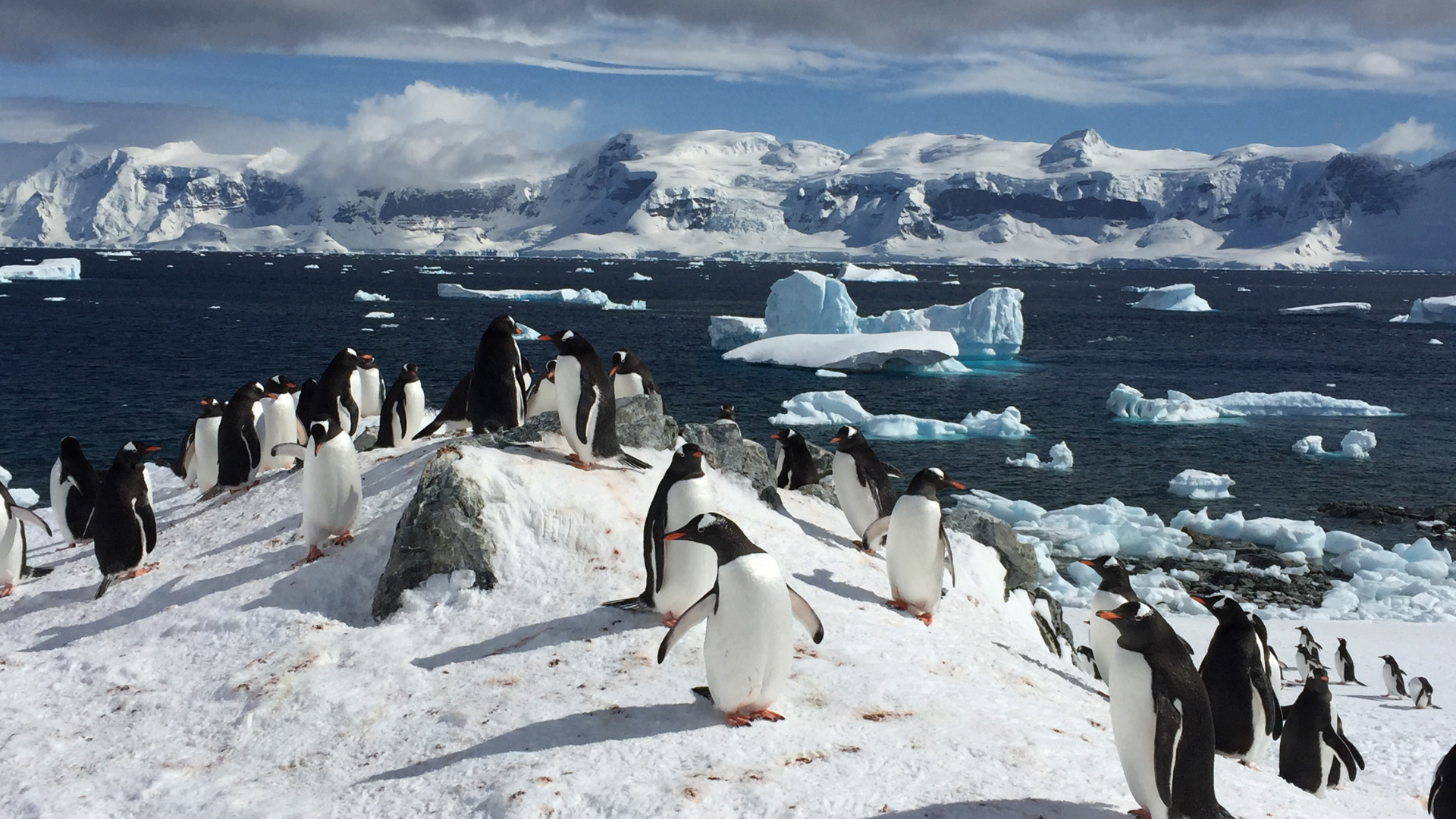Antarctica, officially the Antarctic Treaty, is an intergovernmental treaty between the nations of Earth. It was signed in November 1959 in Washington D.C. 12 countries first signed the Treaty at the Antarctic Treaty Consultative Meeting on November 24, 1959. The Treaty came into force on November 1, 1961, and currently has 48 signatories, with 15 states in Antarctica and 35 states on Earth. The Antarctic Treaty seeks to promote peace and cooperation in Antarctica and prevent pollution.
Antarctica is a continent—that few humans ever see. The continent covers 1.6 million square miles and is twice the size of Texas, making it the largest outside of the continents of Asia, Africa, and Australia. The continent covers about 8.7% of the Earth’s land and 10% of the undersea area. More than half of all the world’s oceans are in Antarctica.
What is the Geological Past of Antarctica?
The continent of Antarctica is the southernmost continent in the world. Its extreme environment makes it the least hospitable place on Earth. The continent is mostly covered in ice, but there are also large areas of ice-free ground. This continent is the world’s largest, weighing in at 8.37 million square miles. It rises 9,000 feet above sea level, and its highest point, Mount Vinson, reaches 20,000 feet, making it more than twice as high as Mount Everest. And despite its cold climate, Antarctica is chock full of interesting geological history. The continent’s extremely low temperatures make it an ideal place for preserving fossils, and the continent’s incredible age has created a mosaic of geological formations.
Antarctica, the largest continent on Earth, is mostly covered in ice. The ice sheets extend across 90% of the continent, raising the average elevation on the continent to about 2,100 m. The overall elevation of the continent has decreased during the past few million years as ice has been removed through surface and subsurface melt. The glaciers that flow from the ice sheets cover about 90% of the continent, which averages about 1.8 km (1.2 mi) above sea level. The surface of Antarctica is ice-covered and covered with a thin layer of soil, subglacial bedrock, and sediment. The ice sheets are more massive than any previously known ice sheets. Much of the ice sheet is younger than 10,000 years, suggesting that it could melt rapidly at some point in the future.
Antarctica is the coldest, driest, and windiest continent on Earth, covering 70% of our planet’s landmass. Its ice sheet is 2.5 million years old and stretches almost to the South Pole. This is a fascinating place. It’s a continent with far more extremes than most people expect, and most people only know about it from movies, books, or their high school class trip. But the continent has a lot more to offer than stunning landscapes and lots of penguins.
Did you forget about that climate change part of the history lesson? Well, did you know that Antarctica was once covered in towering forests? A hundred million passed, and the Earth’s polar ice caps melted. Antarctica’s vast, frozen wasteland has long been viewed as the final frontier: the place where a man would never go. Or is it? Now, that reputation is changing. Scientists recently revealed the discovery of ancient forests buried beneath the Antarctic ice sheet. These forests date back to a time when the South Pole was covered in tropical greenery, from palm trees to trees taller than a man. Scientists believe that Antarctica was once covered in vegetation and that trees were there even before the dinosaurs.
